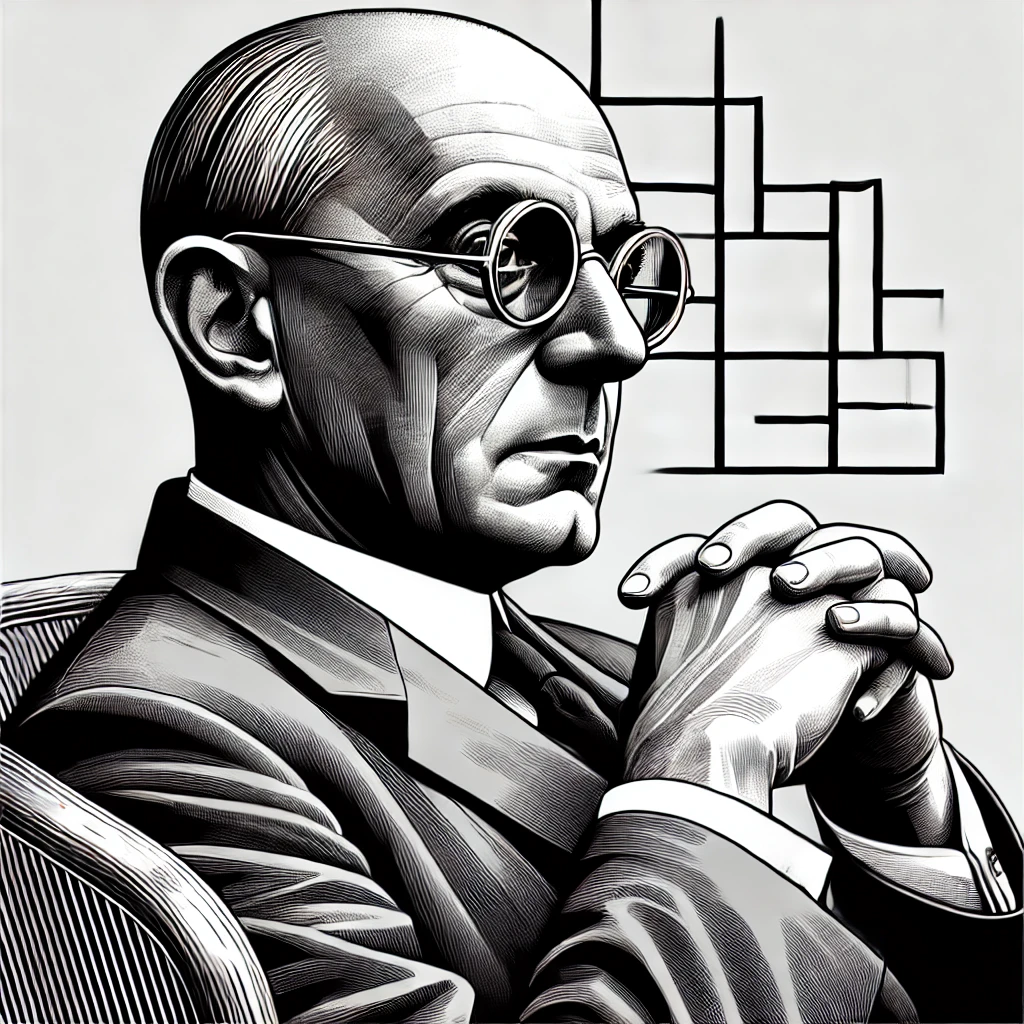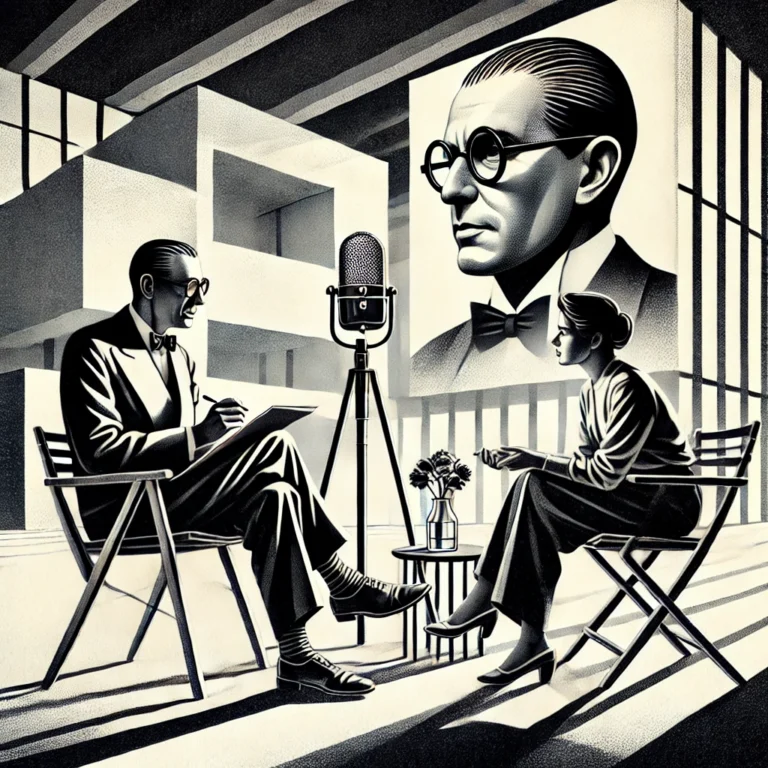
Note: This interview has been simulated by artificial intelligence, and the responses given by the individuals have been simulated as well. However, since access to famous people and their thoughts is not easily achievable, reading simulated interviews with prominent individuals can still be helpful and insightful.
Interviewer: Mr. Le Corbusier, you are recognized as one of the greatest architects of the 20th century and a founder of modern architecture. Could you explain what distinguishes modern architecture from traditional styles?
Le Corbusier: Modern architecture is based on simplicity, functionality, and the use of new technologies. We no longer live in a classical world, so buildings must be designed to meet modern needs. Modern structures should be light, open, and efficient, rather than heavy and filled with unnecessary ornamentation.
Interviewer: You introduced five principles of architecture that had a significant impact on modern design. Could you explain why these principles were important to you?
Le Corbusier: Yes, I believe that buildings should be freed from traditional constraints. For example, reinforced concrete columns (pilotis) allow the space beneath the building to remain open, preserving the ground. Non-load-bearing walls provide greater freedom in interior design. Ribbon windows maximize natural light, and green roofs improve the quality of life. These principles not only change aesthetics but also align architecture with the demands of modern living.
Interviewer: One of your key concepts was the design of the “Radiant City.” What was your goal with this idea?
Le Corbusier: Traditional cities are inefficient and overcrowded. I proposed that cities should be organized, structured, and designed to accommodate new industrial and social needs. In the Radiant City, tall residential towers are surrounded by green spaces, and streets are planned to minimize traffic congestion. This model can greatly enhance urban living conditions.
Interviewer: Some critics argue that your cities are too rigid and impersonal. How do you respond to that?
Le Corbusier: That is a misunderstanding. I never intended cities to be soulless; rather, my goal was to create spaces that are efficient, beautiful, and human-centered. We must move away from urban chaos and disorder, but at the same time, we should not lose the human touch.
Interviewer: You designed Chandigarh as a modern city. What was that experience like for you?
Le Corbusier: Chandigarh was one of the most exciting projects of my life. It was an opportunity to implement urban planning ideas on a real scale. I tried to balance modern organization with the cultural sensitivity of India. Today, Chandigarh is recognized as a model for modern urban planning.
Interviewer: What advice would you give to young architects?
Le Corbusier: Learn from the past, but don’t be trapped by it. Look to the future and embrace new technologies. Architecture should not be just about aesthetics; it should respond to society’s needs and improve people’s lives.


No comments yet.